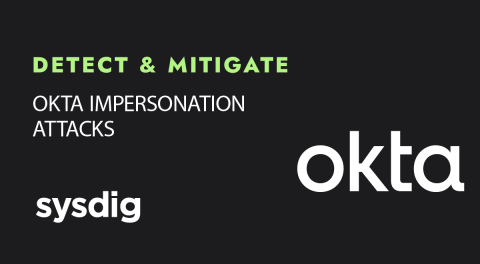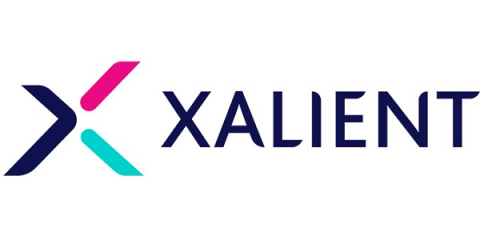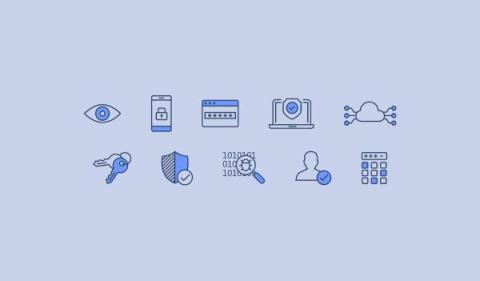Clorox Experiences Significant Financial Loss Stemming From Recent Cyber Attack
American global manufacturer of cleaning products Clorox stated that recent sales and profit loss to a cyber attack. In a statement from Clorox's press release, "As previously disclosed, the Company believes the cybersecurity attack has been contained and the Company is making progress in restoring its systems and operations. The available information does not confirm whether the Clorox cyber attack was a ransomware incident.











